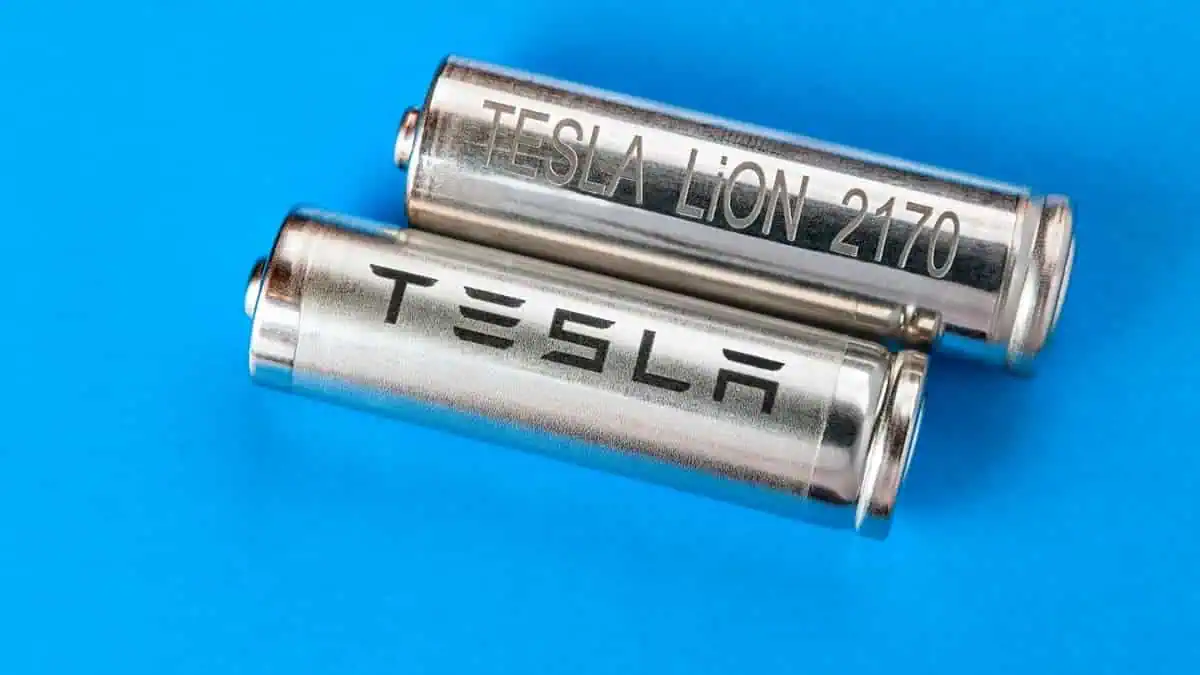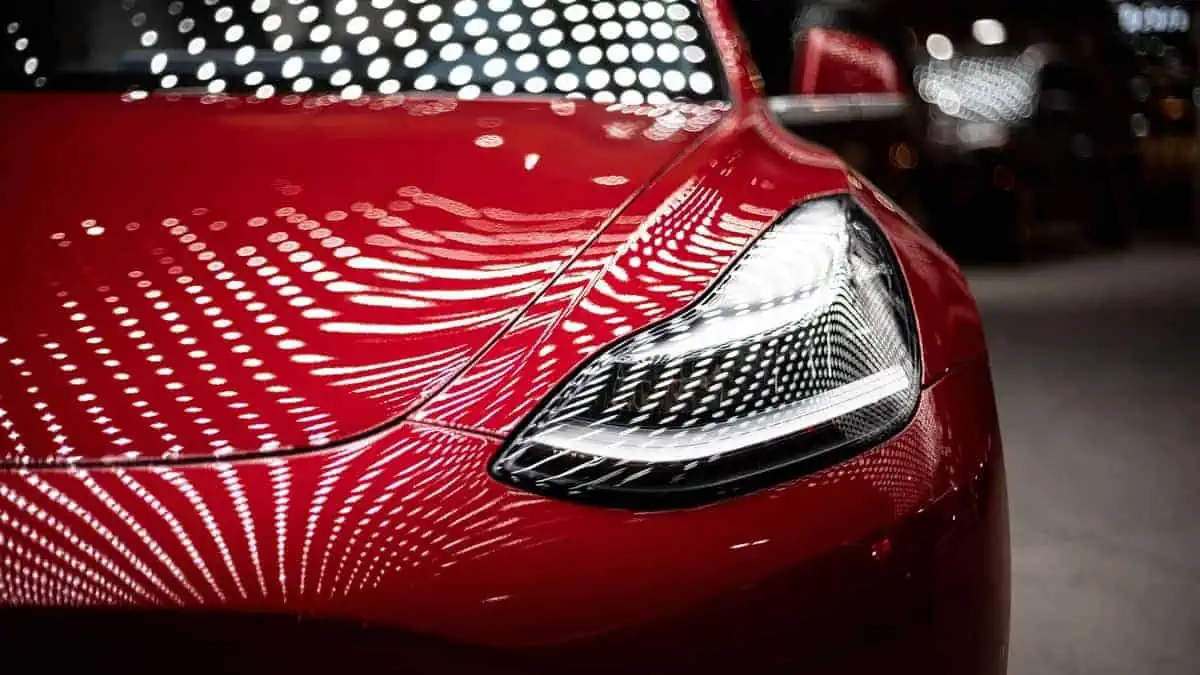Japanese battery giant Panasonic Energy is exploring a new investment potential of up to $4 billion in its De Soto factory in Kansas, Nikkei Asia reports, citing sources “with direct knowledge of the matter.”
Panasonic weighs production capacity expansion in the US
One of the sources claims that Panasonic is evaluating the possibility of adding production capacity beyond what is presently being built in De Soto.
The potential expansion, internally referred to as “Phase 3,” involves the development of additional manufacturing lines despite growing concerns over waning demand for electric vehicles. The additional investment would reportedly be similar in size to the company’s current De Soto factory, which already used up about $4 billion for construction.
Panasonic’s new factory will produce 4680 battery cells to support Tesla’s production of the Cybertruck and next-gen vehicles. It is unsurprising, considering that Tesla is one of the Japanese company’s major customers.
Panasonic to finalize decision at the end of 2024
As per the source, “no final decision has been made” yet about the potential expansion. Panasonic will reportedly need to take into account “multiple factors” before finalizing an investment decision.
Nonetheless, the unnamed source shared that the Japanese battery maker is exploring new production capacity to produce a larger 4680 battery technology.
Panasonic is expected to announce its final decision at the end of 2024. It is apparently still assessing the 4680 battery cells’ production efficiency at its Wakayama factory in Japan.
About the Kansas factory
Panasonic officially announced plans to develop a new li-ion battery factory in De Soto, Kansas, in July 2022.
It broke ground at the $4 billion factory in November 2022, marking the start of project development. According to the press release, it will maintain an annual production capacity of about 30 GWh upon completion to supply its US-based customers.
Panasonic stated in January that the new Kansas factory will boost its annual battery output to 88 GWh. It still has the potential to reach 200 GWh per year by early 2031.
All that said, the Kansas factory will play a crucial role in the company’s goals of hitting net zero by 2030 and contributing to 300 million tons of emission reduction by 2050.






